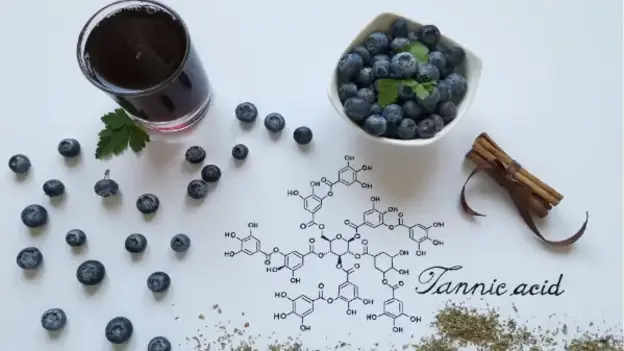Tandem Project
Building Blocks for Novel Nano(bio)materials
Laboratory Study
Over the last few decades, nanotechnology has provided innovative solutions for some of the world’s most pressing problems concerning energy, environment, and health. One of the most important applications of nanotechnology is in the field of nanomedicine, where nanoscale systems are leveraged for their unique properties to improve the diagnosis and treatment of various diseases, particularly cancer. With this research project, AGYA members Suhair Sunoqrot (Al-Zaytoonah University, Jordan) and Mahmoud Abdel-Hafiez (Goethe University Frankfurt, Germany) developed a novel class of nanomaterials derived from the polyphenolic compounds abundantly found in plants (e.g., tannic acid, pyrogallol, quercetin, catechin or myricetin).
The non-conventional use of plant polyphenols as nanoparticle building blocks is an emerging field. Accordingly, it has created an urgent need for in-depth understanding of the unique properties of these nano(bio)materials in order to develop them into effective therapeutic modalities. Connecting the expertise of both AGYA members in the field of health and material sciences, this project established a library of nanoparticles from plant polyphenols and performed advanced physical, chemical, and biological characterization techniques to shed more light on the structure and properties of these novel nano(bio)materials.
- Disciplines Involved
- Material Sciences, Nanotechnology, Pharmacy
- Cooperation Partners
- Goethe University Frankfurt, Germany
- Al-Zaytoonah University, Jordan
- Project Title
- Plant Polyphenols as Building Blocks for Novel Nano(bio)materials
- Year
- 2020
- Funding Scheme
- Tandem Project
- Countries Involved
- Germany, Jordan


